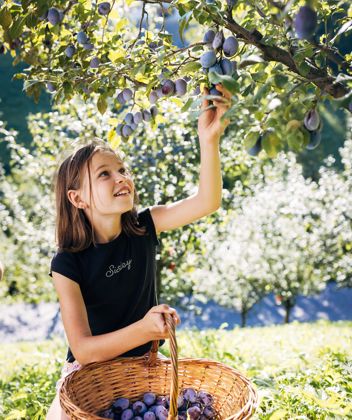Chestnuts in a different way
The eroticism of the chestnut
It does not peel easily. But its seduction nevertheless takes place through the sense of smell. Intense olfactory messages reach the brain and activate sensuality. While the chestnut is today a source of health elixir, the effects of its flowers were once only whispered about.
“This nut, roasted and seasoned with salt and pepper” was already considered an aphrodisiac in the Middle Ages. The hearty food was used to accentuate the female libido and increase male potency. This can be seen from the German encyclopaedia of folk medicine around 1840. The magical, seductive scent of chestnut flowers, on the other hand, had a much more subtle effect, according to a certain Dr Albert Hagen around 1901. In this year his book "Sexual Osmorheology: the relationship between smell and the odours of human sexual activity", in which he describes interesting observations made after intensive study of sources, was published. For example, he claims that pheromones, the odorous substances with hormone-like effects, influence partner choice and sexual behaviour. It is therefore not surprising that the author published his nonchalant statements on sexual practices under a pseudonym at the time. In reality, Dr. Hagen was a dermatologist and specialist in venereal diseases, Iwan Bloch. Today, the 'pious veil' has more than fallen, but Block was a true pioneer of sexology in the early 20th century.
The fact that the limbic system reacts sensitively to odours without being censored by the brain mass is a fact on which modern aromatherapy is also based, and not only in the sexual sphere.
“This nut, roasted and seasoned with salt and pepper” was already considered an aphrodisiac in the Middle Ages. The hearty food was used to accentuate the female libido and increase male potency. This can be seen from the German encyclopaedia of folk medicine around 1840. The magical, seductive scent of chestnut flowers, on the other hand, had a much more subtle effect, according to a certain Dr Albert Hagen around 1901. In this year his book "Sexual Osmorheology: the relationship between smell and the odours of human sexual activity", in which he describes interesting observations made after intensive study of sources, was published. For example, he claims that pheromones, the odorous substances with hormone-like effects, influence partner choice and sexual behaviour. It is therefore not surprising that the author published his nonchalant statements on sexual practices under a pseudonym at the time. In reality, Dr. Hagen was a dermatologist and specialist in venereal diseases, Iwan Bloch. Today, the 'pious veil' has more than fallen, but Block was a true pioneer of sexology in the early 20th century.
The fact that the limbic system reacts sensitively to odours without being censored by the brain mass is a fact on which modern aromatherapy is also based, and not only in the sexual sphere.


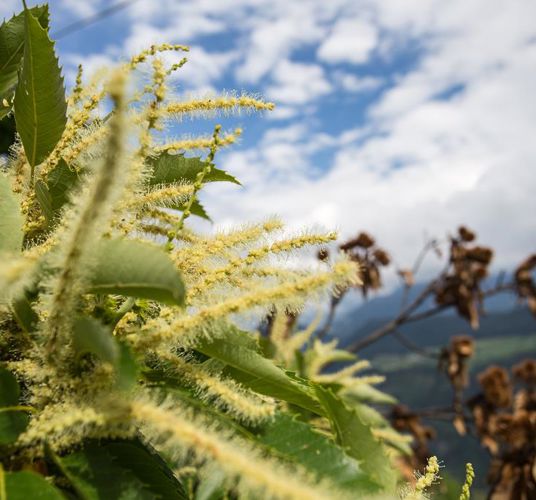

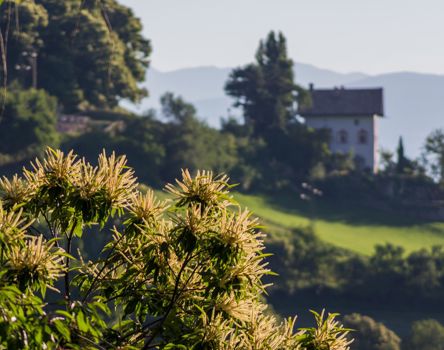

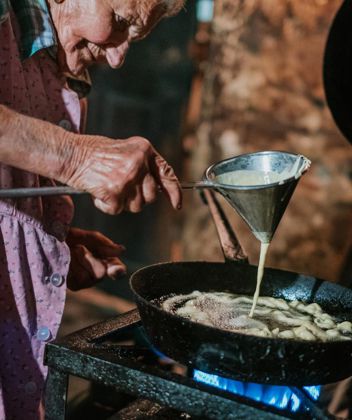

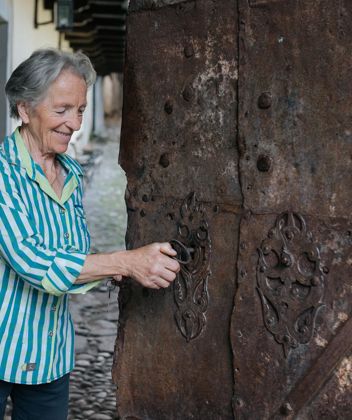

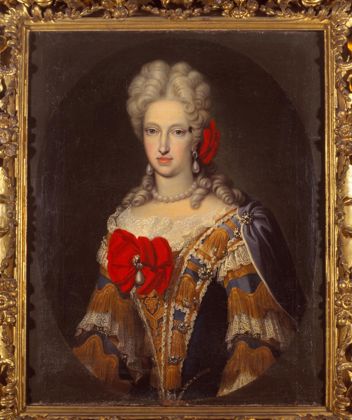

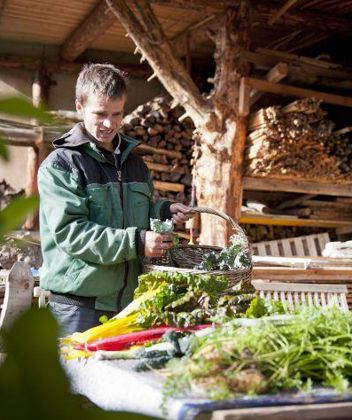



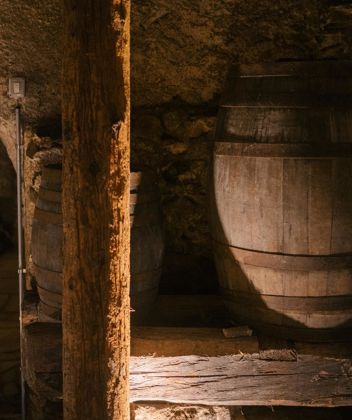
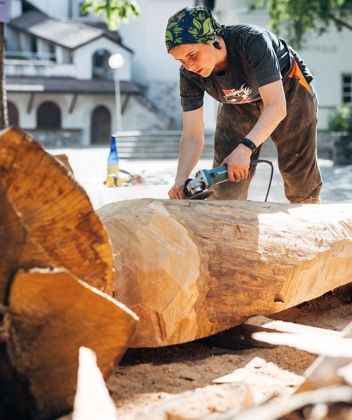



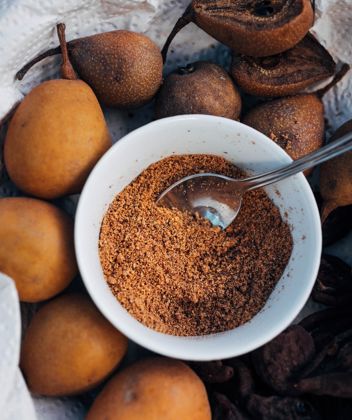


_Thomas_Rötting.jpg)

